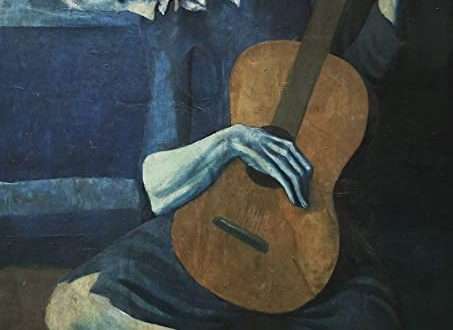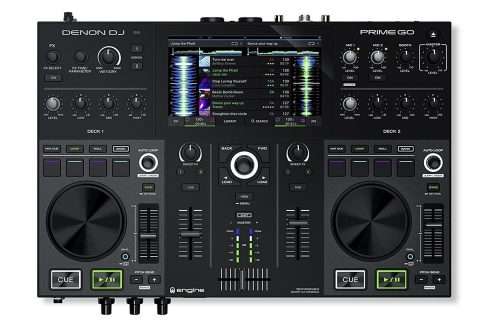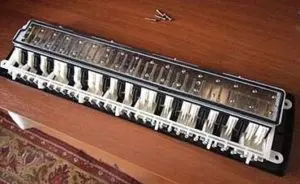Maintenance – cleaning, storage, protection of the instrument and accessories
Violins, violas, cellos and most double basses are made of wood. It is a “living” material that is very susceptible to external conditions, therefore special attention must be paid to its maintenance and storage.
Storage
The instrument should be stored in a suitable case, away from direct sunlight, at room temperature. Avoid taking the instrument out in severe frosts, do not leave it in a hot car in summer. Wood stored in unstable weather conditions will work, may deform, peel or crack.
It is also worthwhile to hide the instrument in a case, cover it with a special quilt or put it in a satin bag, while during the heating period or in extremely dry conditions, it is good to store the instrument with a humidifier, e.g. from Dampit. We keep this humidifier for 15 seconds under running water, thoroughly wipe it, remove excess water and place it in the “efie”. Moisture will gradually be released without exposing the wood to drying out. Ambient humidity can be measured using a hygrometer, which some cases are equipped with.
Cleaning
Be sure to wipe the instrument with a flannel or microfiber cloth after each play, as the rosin residue will rub into the varnish and may dull it. Additionally, once in a while, when we notice that the dirt has firmly deposited on the instrument’s board, we can use a specialized cleaning fluid, e.g. from Petz or Joha. This company offers us two types of liquids – for cleaning and for polishing. After thoroughly wiping the instrument dry, apply a small amount of liquid to another cloth and very gently wipe the varnished part of the instrument. Later, the procedure is repeated using a polishing fluid. It’s best to avoid liquids coming into contact with the strings as this can soil the bristles on the bow the next time you play it, so it’s best to use a separate cloth for dry wiping.
This step should not be repeated too often, and the instrument should be allowed to dry before playing it again to avoid the rosin dust coming into contact with the liquid. Do not use water, soap, furniture cleaners, alcohol, etc. for cleaning! There are also very good cleaning lotions from Bella, Cura, Hill and the exclusive Weisshaar cleaning liquid on the market.
Kolstein oils are great for polishing, or, more at home, a small amount of linseed oil. Pirastro liquids or ordinary spirit are perfect for cleaning the strings. When cleaning the strings, be extremely careful, as alcohol-based specifics absolutely must not come into contact with the varnish or fingerboard, as they will destroy them!
It is worth leaving our instrument for a few hours for a violin maker to refresh and review it once a year. Only dry clean the rod of the lanyard, avoiding the contact of the cloth with the bristles. Do not use polishing agents on the bow.
Maintenance of accessories
Store the rosin in its original packaging, without exposing it to dirt or direct sunlight. Rosin crumbled after a fall should not be glued together, because it will lose its properties and damage the hair of the bow!
Particular attention should be paid to the coasters. It will curve when stringing, temperature changes, or after long-term tuning of the coasters. You have to control its arch and, if possible, hold the stands on both sides, with a gentle movement to even out all unnatural bends. If you are unsure of what you are doing, it is best to ask a more experienced musician or a violin maker for help, as the fall of the stand may cause the soul to tip over, which may cause the instrument plate to break.
Never take more than 1 string at a time! If we want to replace them, let’s do it one by one. Do not stretch them too much, because the feet may break. Treat the pins with a special paste such as Petz, Hill or Pirastro to keep them running smoothly. When they are too loose and the violin becomes detuned, you can use Hiderpaste, and if we do not have a professional product up our sleeve, use talcum powder or chalk.
Summarizing…
Some musicians practice loosening the pegs after playing to give the wood a “rest”, cellists sometimes use two humidifiers simultaneously to double-prevent drying, others clean the inside of the violin and viola with raw raw rice. There are many ways, but the most important thing is to care for the instrument with great care, which will help us avoid additional costs associated with its repair.





